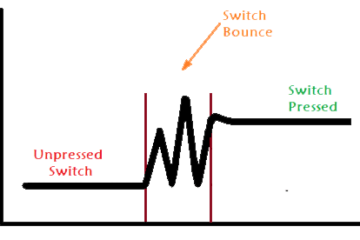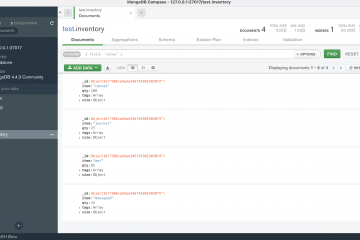
Simplifying Search in iOS with Combine Debounce
The general term “Debounce” originated with electronic and was used to mean “To remove the small ripple of current that forms when a mechanical switch is pushed in an electrical. circuit and makes a series of short contacts.” One can use software debouncing with a physical switch. The meaning in software development derives from this... » read more


